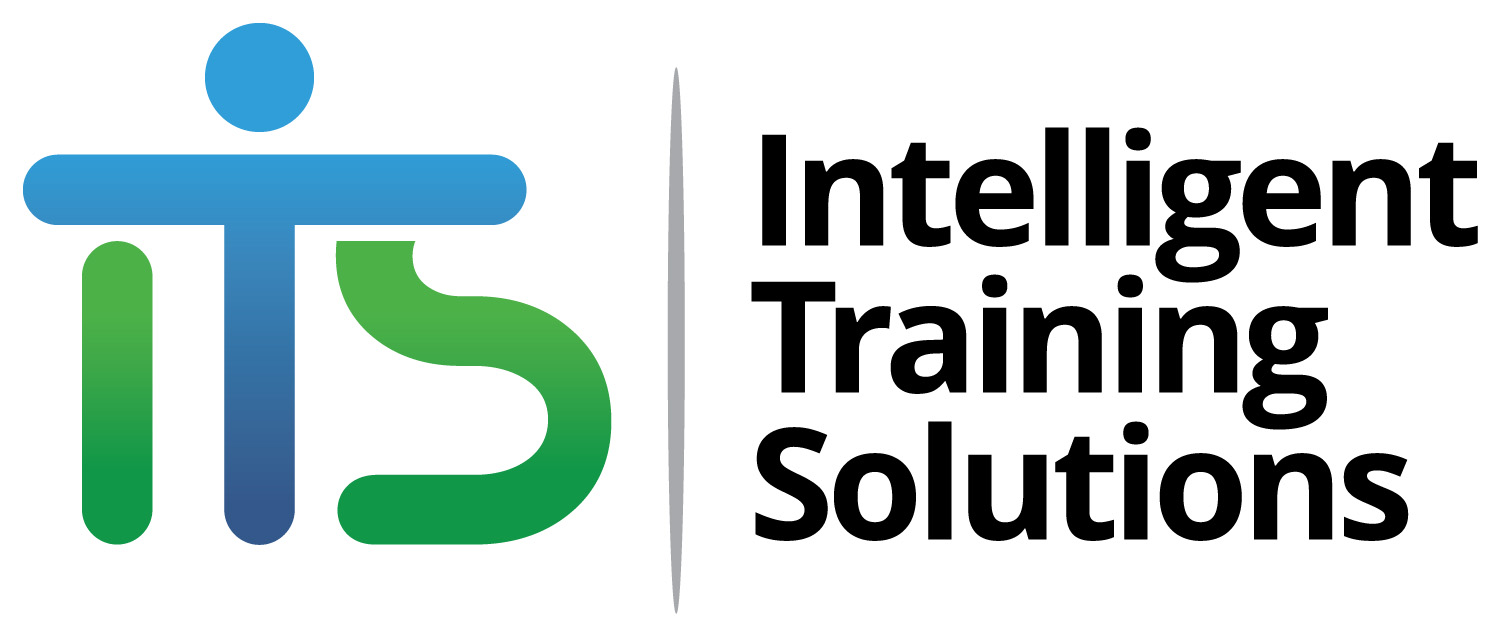Road safety is a crucial aspect of modern life, potentially saving lives and preventing injuries. In Victoria and throughout Australia, secondary schools increasingly recognise the importance of implementing comprehensive road safety programs such as the TLISS00155 Road Safety Skill Set. Programs like the TLISS00155 Road Safety Skill Set aim to equip students with the skills and knowledge necessary to navigate the roads safely and responsibly. In this blog post, we’ll explore the significance of road safety education in Victorian secondary schools, referencing the TLISS00155 Road Safety Skill Set as a framework for effective learning.
The TLISS00155 Road Safety Skill Set: A Comprehensive Framework
The TLISS00155 Road Safety Skill Set is a nationally recognised training package that provides a comprehensive framework for teaching essential road safety skills to young Australians. This skill set encompasses various elements, including hazard identification, risk management, and decision-making, selecting a safe vehicle, all of which are critical for fostering responsible road users. By incorporating this training package into their curriculum, Victorian secondary schools can ensure that their students receive thorough and practical road safety education.
Empowering Young Road Users
One of the key benefits of road safety programs in secondary schools is the empowerment of young road users. Teenagers are at a higher risk of being involved in road accidents, often due to inexperience and a lack of awareness regarding road hazards. By providing students with the necessary tools and information to make informed decisions, road safety education can help reduce the number of accidents and fatalities involving young drivers.
A life-changing accident or serious road trauma has a significant impact a student’s ability to earn money in the future. Severe injuries may prevent an individual from returning to their previous occupation or working in any capacity, leading to a loss of income and financial stability. Additionally, the costs associated with medical treatment, rehabilitation, and ongoing care can be substantial, placing a significant financial burden on the individual and their family.
Building a Road Safety Culture
Introducing road safety programs in Victorian secondary schools not only equips students with valuable skills but also helps establish a culture of road safety. When students learn about the importance of road safety from a young age, they are more likely to develop responsible habits and attitudes that last a lifetime. This cultural shift can lead to a safer and more responsible driving community, ultimately benefiting everyone on the road.
Supporting Parents and Guardians
Parents and guardians play a critical role in teaching their children about road safety. However, they may not always have access to the most up-to-date information or resources. By implementing road safety programs in schools, parents and guardians can receive the support they need to reinforce these lessons at home. This collaborative approach can help create a consistent message and foster safer road practices for young drivers.
The importance of road safety programs in Victorian secondary schools cannot be overstated. By adopting the TLISS00155 Road Safety Skill Set and integrating it into the curriculum, schools can provide students with the essential skills and knowledge to navigate the roads safely. In turn, this fosters a culture of road safety, empowers young drivers, and supports parents and guardians in their efforts to raise responsible road users. The implementation of these programs is a critical investment in the safety and well-being of our future generations.

